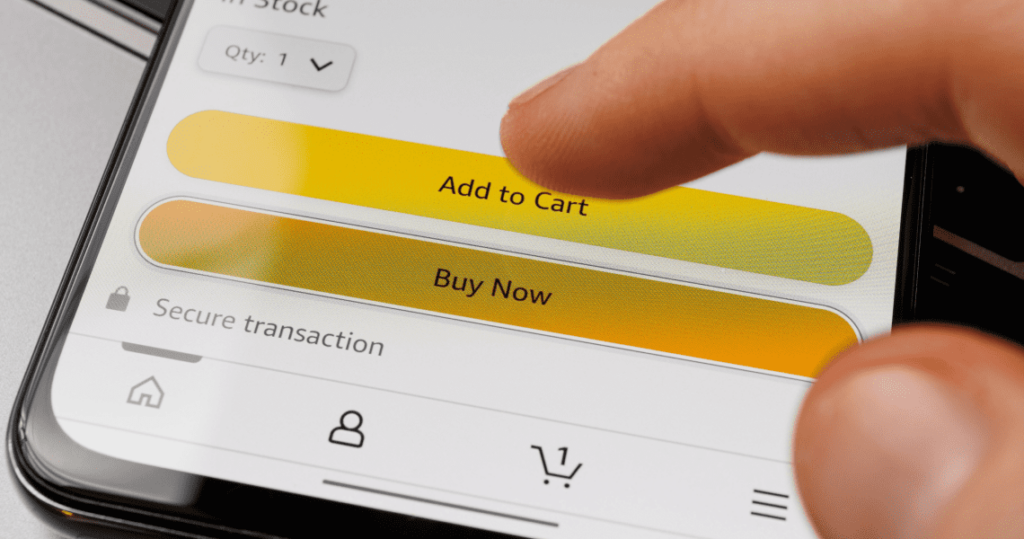
Now that the chaos of Prime Day has ended, let’s take stock…
What lessons did you learn? If you ran deals, which were successes and which weren’t? Were you profitable enough to justify the extra effort? What insights can you carry into the rest of the year? What can you do now, and what can you do in the long term for your brand and products on Amazon?
Keep in mind that if there’s one thing Amazon dominates, it’s making money. And now that most brands have flocked to the e-commerce giant, which sells over 350 million products, competition is fierce.
While Prime Day is over, along with its hotly contested promotional deals and sales, there are still great opportunities to make more money with Amazon this year. As Amazon and its sellers approach Cyber 5 (the huge sales period from Thanksgiving through Cyber Monday), you need to stay on top of these foundational topics to make sure you continue selling strong.
You can pursue many strategies to increase your profitability on the Amazon Marketplace platform, but ranking highly (using paid and organic efforts) on Amazon’s search helps drive sales sustainably and effectively. But Amazon, like many other search platforms, has a particular way of guiding potential buyers through its website.
After all, Amazon is in the business of making money, so it wants to direct users to products that sell. But what does that mean? How can you rank higher on Amazon? Take a look through our six-step guide below to learn how.

Brand awareness (like impressions and clicks) will only get you so far. Transactions (like conversions) are what matter on Amazon. Its ranking system almost requires you to engage in what’s called “full-chain sales velocity.”
In basic terms, sales velocity measures your rate of sales by the number and dollar amount of your transactions per month. So, what does that have to do with ranking? A lot, because Amazon ranks products based on a combination of performance and relevance.
Whenever an Amazon user types in a specific search term, the top result shown simply has the most units sold. It has nothing to do with how much revenue you generate per sale. The top slot goes to the product that is most likely to be purchased by the shopper.
How many units were you able to sell on Prime Day? Were your targeted keywords searched at a high rate relative to your sales? Answering these questions will help you improve your performance moving forward.
Before optimizing a product’s ranking, you need to first add it to Amazon’s active listings. From there, it can only go up!
First, decide which keyword you want your product to appear for, and optimize for that keyword. Think of the journey your user takes from the top of the sales funnel. What will they type to find what they want? Consider whether the keyword you are considering is saturated or has little traffic.
You want to find a certain phrase that has enough traffic to generate sales without too much competition. It can be a delicate balance, but the more data you amass about a keyword, the better. If the keyword you selected for Prime Day became unexpectedly saturated, think about new ones to pursue. Consider reading guides on how to pick the perfect keyword.
Then, once you have optimized your listing using keywords, you need to get sales through paid traffic by sponsoring your selected keywords. And guess what? Paid listings count as much as organic ones, so it helps boost you almost immediately to the front page. Amazon loves sponsored product ads because the ads drive sales. Amazon gets a cut of those sales, as well as the PPC winning bid amount.
Keep in mind that ranking requires ongoing attention. Once you rank, you need to defend your position by adding new products to the mix, so you can keep dominating your category and building your brand. The minute you take your foot off the gas pedal on Amazon, another seller wins the “Buy Box” or another product appears first in search results.
Consider the following method: one product per ad group (OPPA). What does that mean? Basically, you want to set up your ad campaigns so you have one product in each. That way, you have additional control over keywords and useful insights with no overlap.
OPPA is just one part of Agital’s marketplace strategy for ad campaigns. Adding more products to the mix also brings up additional factors to consider within Amazon’s algorithm.
You now have to consider some “all else being equal” factors—more detailed elements you need to pay attention to, including fulfillment, product reviews, click-through rate (CTR), conversion rate, and your seller reputation. To continue ranking, you need to optimize all these elements when adding new products.
When looking at Prime Day reviews, which products were hot-ticket items? Think about similar products you can add to the mix, as these will likely help you rank higher in the long run.

As always, Amazon wants to make money. If your product helps it achieve that goal through high sales, then it will promote that product to shoppers. If Amazon sees users purchasing your product, it will automatically assume other people will want to buy it as well.
What does that mean for you? First, you absolutely need to focus on all of the factors mentioned above. Suppose you optimize your Amazon sales velocity and relevance factors but forget to answer questions or respond to reviews. In that case, you could potentially lose your ranking status, and Amazon’s algorithm would stop putting your products in front of buyers.
While it might sound counterintuitive, Amazon favors sellers who promote their products on other platforms. In its latest algorithm update, Amazon prioritized traffic from outside of Amazon. For example, if your website has a “Buy Now” Amazon button, the algorithm factors that on top of your sales velocity and keywords!
When you bring people to Amazon, Amazon essentially rewards you for driving traffic to its marketplace. The logic is that not only will Amazon capture the sale of your product, but the shopper will also stay on the sticky site and add even more items to their cart.
What does this mean for you as a seller on Amazon? Diversify your marketing and advertising by diving into other platforms. Drive traffic to Amazon using Meta ads, email campaigns, website links, and more. Not only will this make your brand more resilient, but it will also strengthen your ranking on Amazon.
Take lessons from how you marketed yourself during Prime Day. Which external sources generated the most traffic? Consider honing in on the platforms that proved more effective when marketing your products during Cyber 5.
This guide will help you drive sales and increase your profits on Amazon, but to stay ahead, you’ll need to check in periodically to see what you can and should improve to keep thriving. Take a look at the ongoing to-do list, which can be challenging for some Amazon merchants:
There’s no shortage of details and pitfalls when it comes to selling on Amazon. Given the complexity of Amazon’s ranking system, there is no one-size-fits-all solution to the issues you face as a seller. Regular check-ins are needed to remain resilient on the platform.
And if Prime Day didn’t turn out the way you wanted, don’t worry. You still have plenty of time to reconfigure your strategy and rank higher, enabling you to dominate during the holiday season sales rush.
If you’re ready for help, our experts can ensure your business is getting the most out of selling on Amazon.
